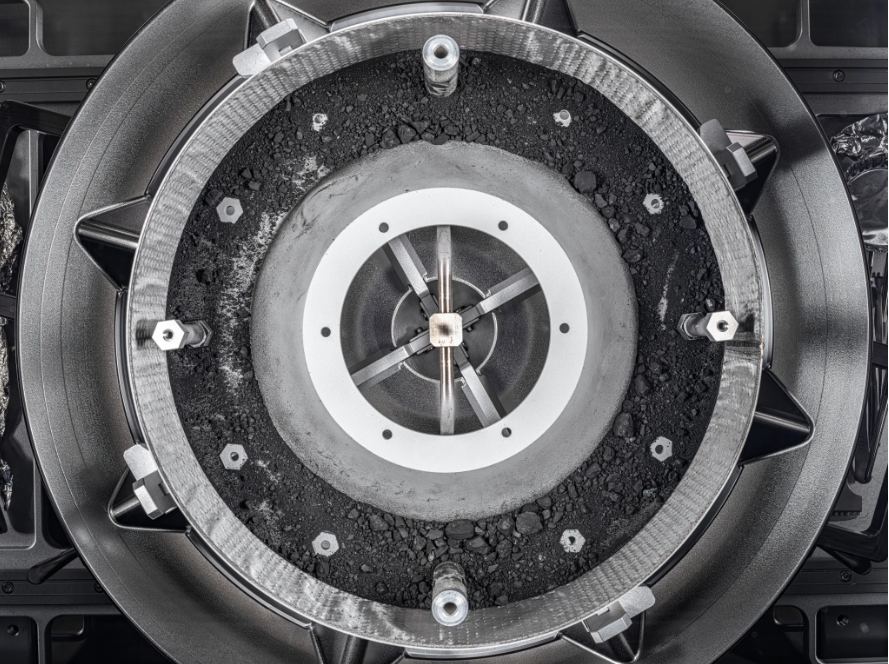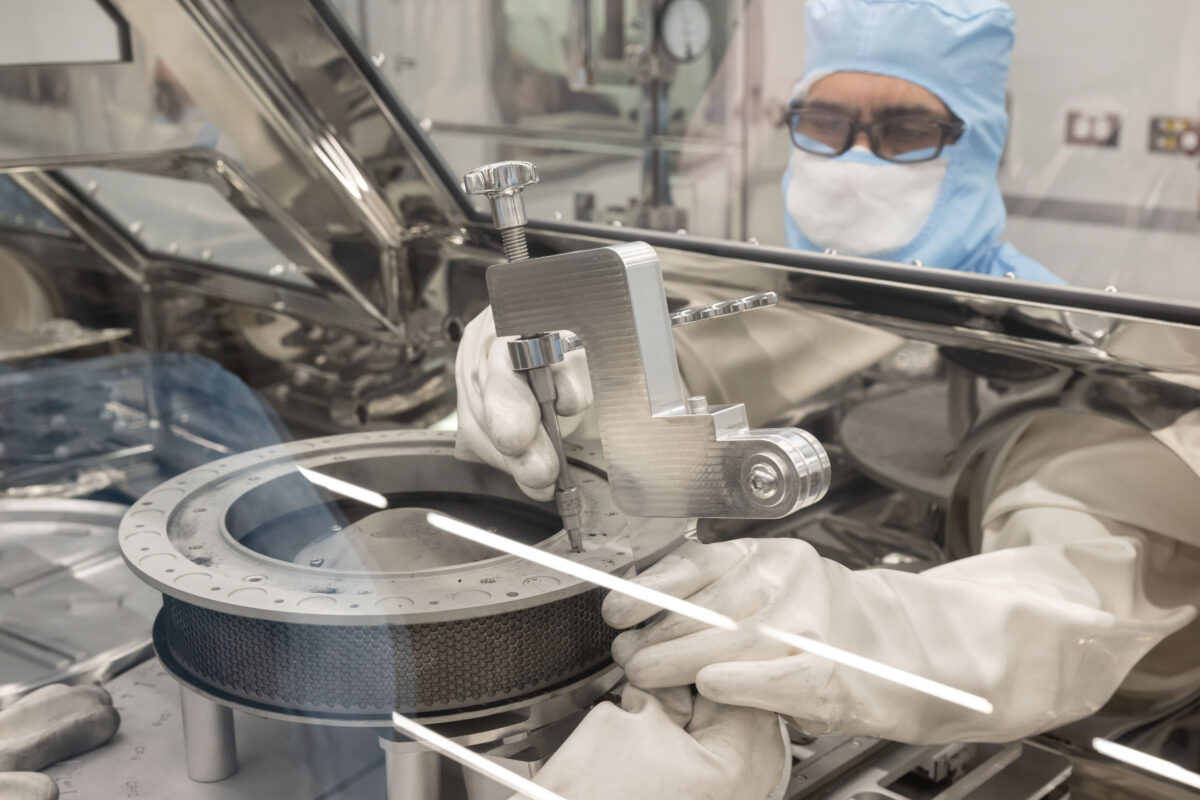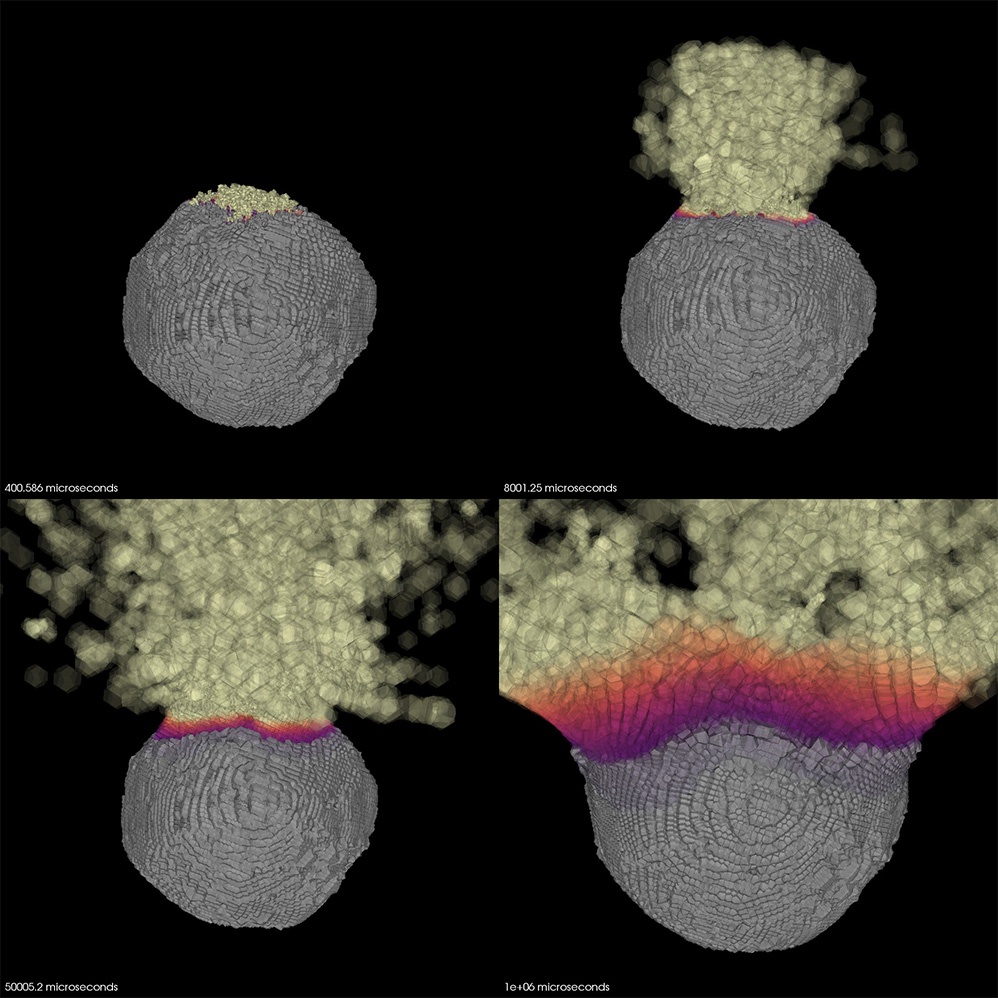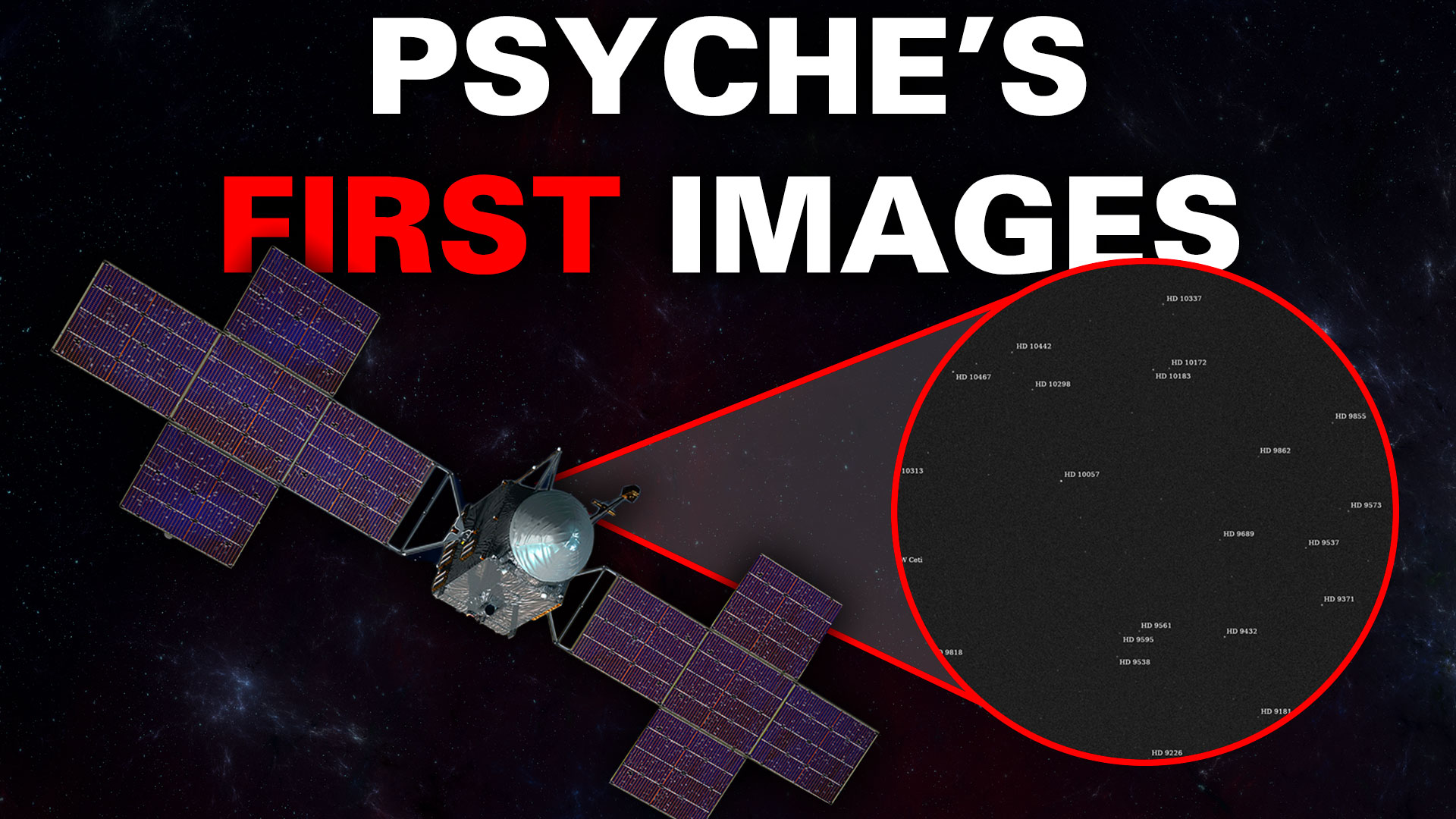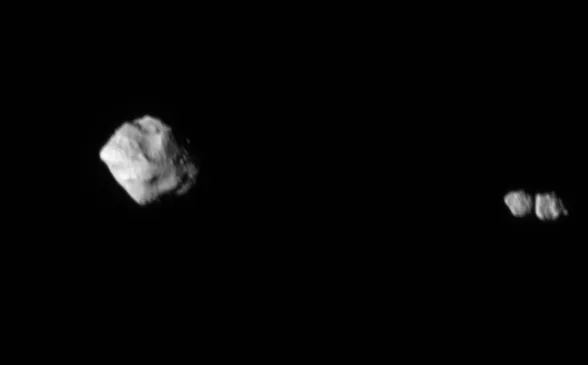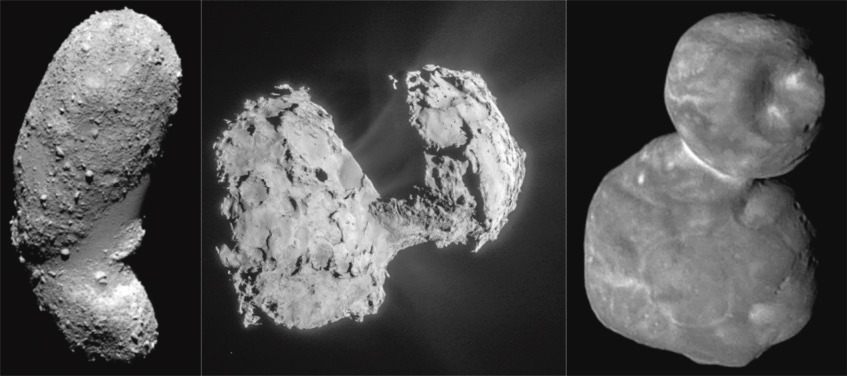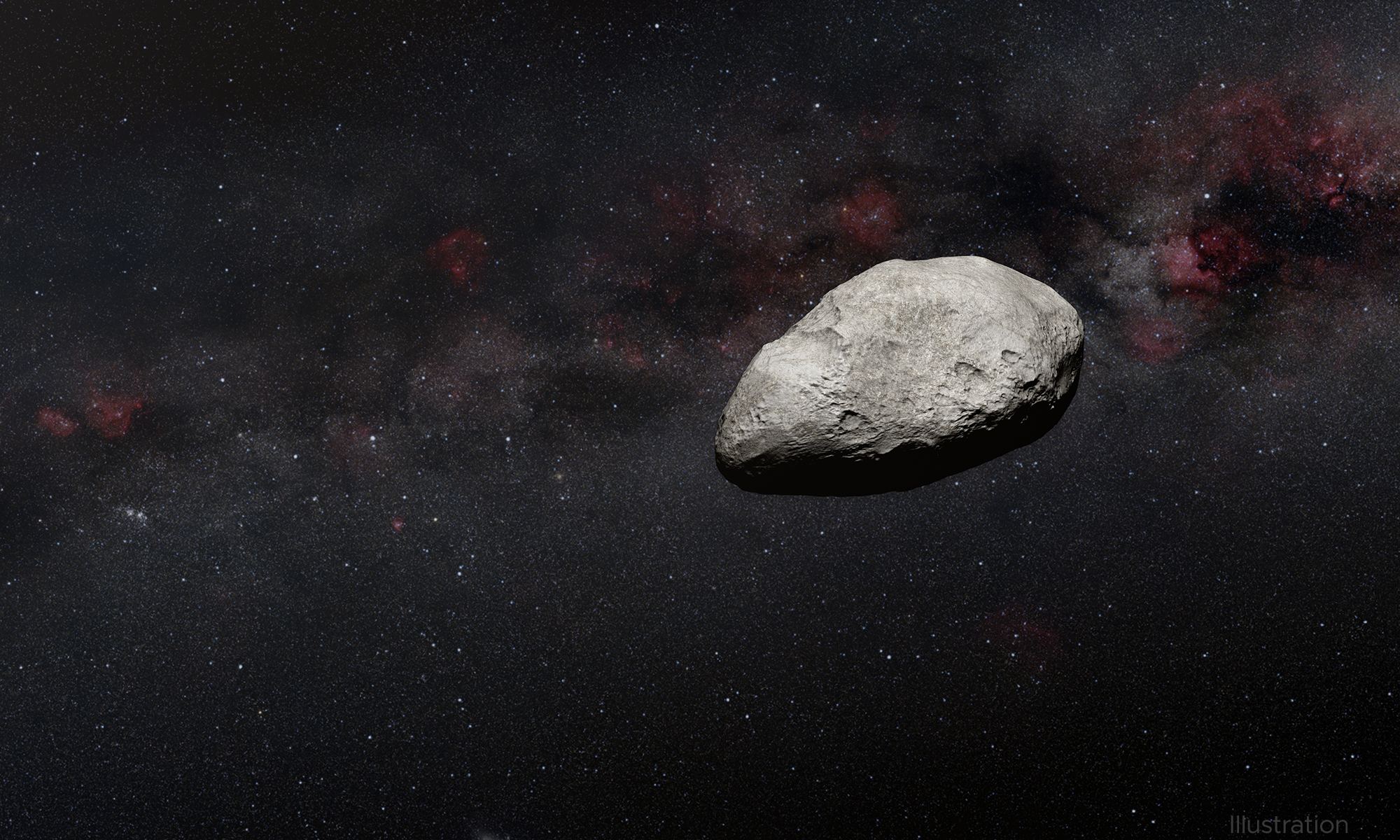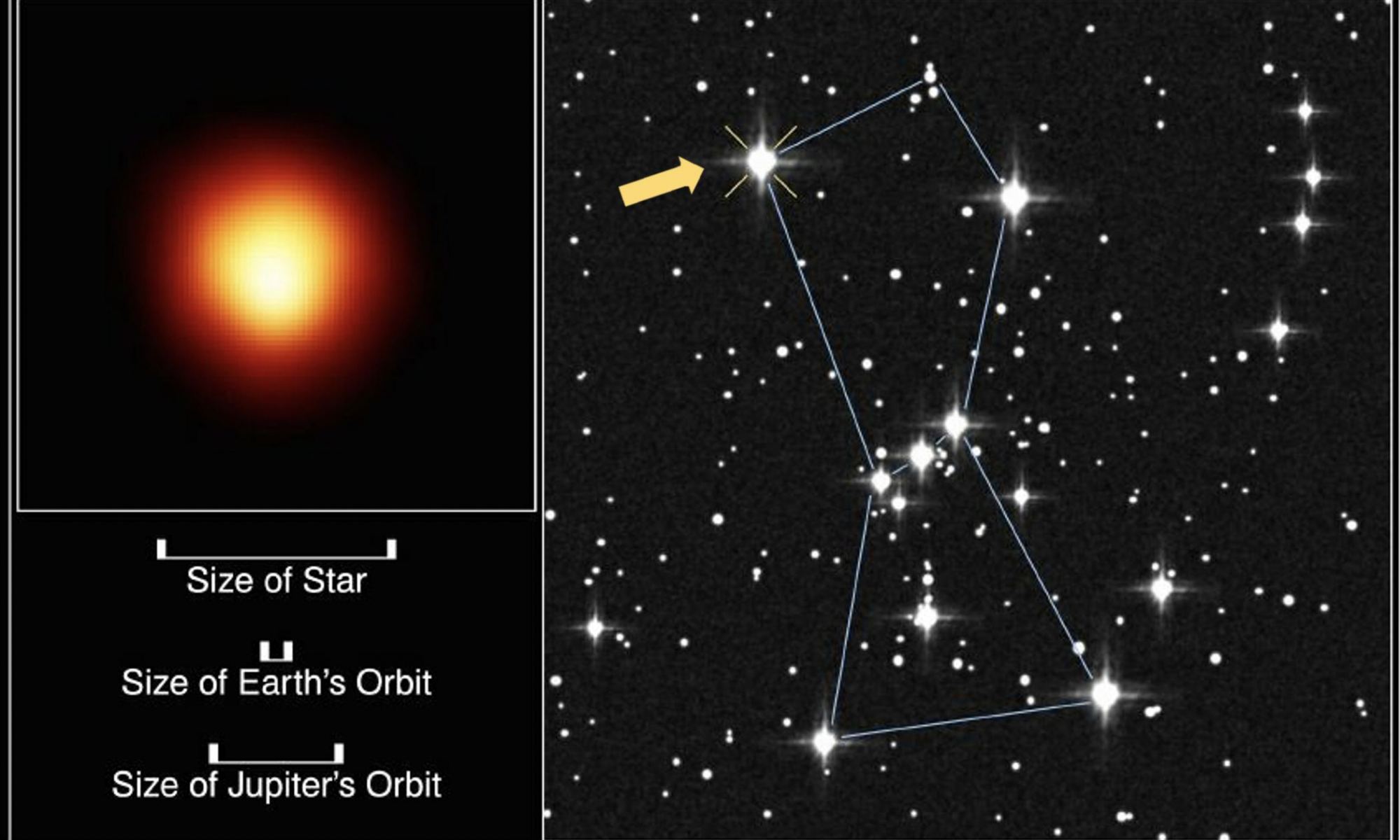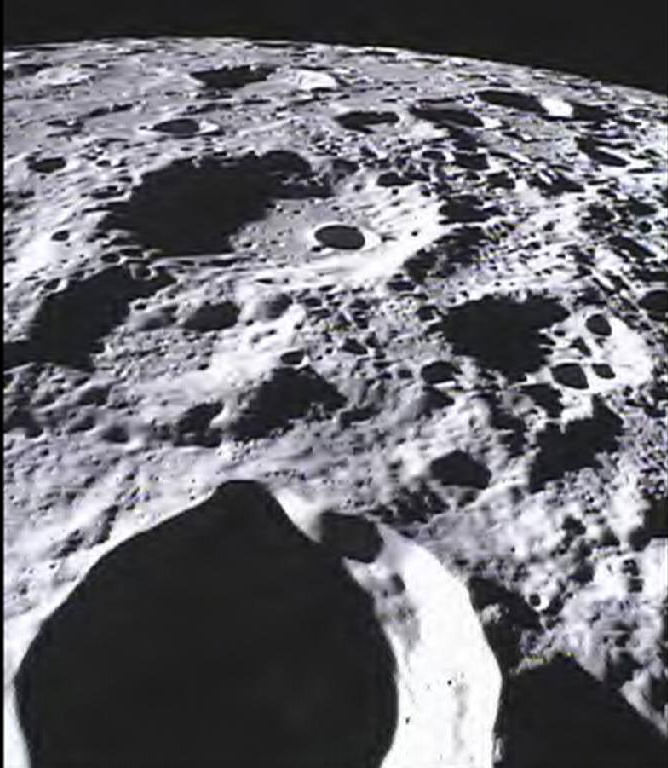NASA’s OSIRIS-REx delivered its precious cargo to Earth on September 24th, 2023. The sample from asteroid Bennu is contained inside the spacecraft’s sampling head, and it’s in safe hands at NASA’s Johnson Space Center in Houston. Two stubborn fasteners delayed the opening of the sampling head, but they’ve been removed, and now we can see inside.
What looks like unremarkable dirt is primordial asteroidal material that’s billions of years old, a natural treasure trove that eager scientists can’t wait to begin studying.
Continue reading “Finally, Let’s Look at the Asteroid Treasure Returned to Earth by OSIRIS-REx”
